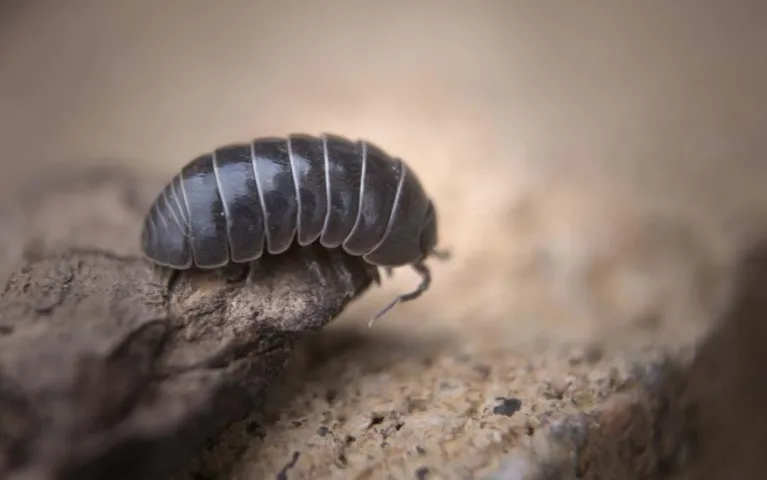Robots Outfitted with Rolling Grippers for Hands
Woodlice have become the preferred choice for a team of researchers who have given up on replicating the human hand’s 27 degrees of freedom and exceptional touch sensitivity in robots due to the difficulty of doing so. While the human hand is a remarkable feat of evolutionary development, its complexity makes it challenging to recreate robotically.
See, at least they’re not the desiccated and re-inflated tarantula corpses that a team of researchers at Rice University created in 2022. These manipulators were a new proof of concept, taking advantage of the natural mechanisms that spiders use for locomotion—specifically, that their limbs move through a combination of fluid pressure and flexor muscles instead of opposite pairs of mammals—although the system was only really good as long as the bodies stayed together.
The new system, designed by Dr. Josephine Galiponi and her team at Japan’s Tohoku University, builds on previous work with “necrobotic” spiders, but still relies on living bugs. “To our knowledge, there is no previous example of using whole living organisms as end-effectors for robotic arms, which is what we propose here,” notes Galipon in Biological Organisms as End Effectors. The team relies on both captive woodchucks (aka rolly-pollys) and captive chitins (tiny marine molluscs) to temporarily act as the robot’s hands.
First, they 3D printed small seats for the animals to sit on the end of the robot’s arm, then put wood lice and chitin to the task by picking up cotton bolls and underwater cork hair. The results were about as promising as one could really hope for: the woodlice fiddled with the cotton for about two minutes before losing interest, while the chitons grabbed their prizes and had to actively part with them. Still, the fact that the chiton took hold at all was promising, given the difficulties that exist in using suction cups and similar mechanical methods underwater. It is true that much more work needs to be done before these early concepts can even possibly be adapted into functional and efficient robotics systems.
The group’s work also raises ethical questions about the welfare of laboratory animals, such as whether they are forced to act against their will and how such motivations are communicated. “Especially for sentient animals, we would like to create a kind of mutual interaction with a cooperative relationship,” Galipon told New Scientist. “It’s a little different than domestication, but just a collaboration where the animal can then spend its days.” To be fair, it’s certainly less invasive than the average cyborg prostate exam.




